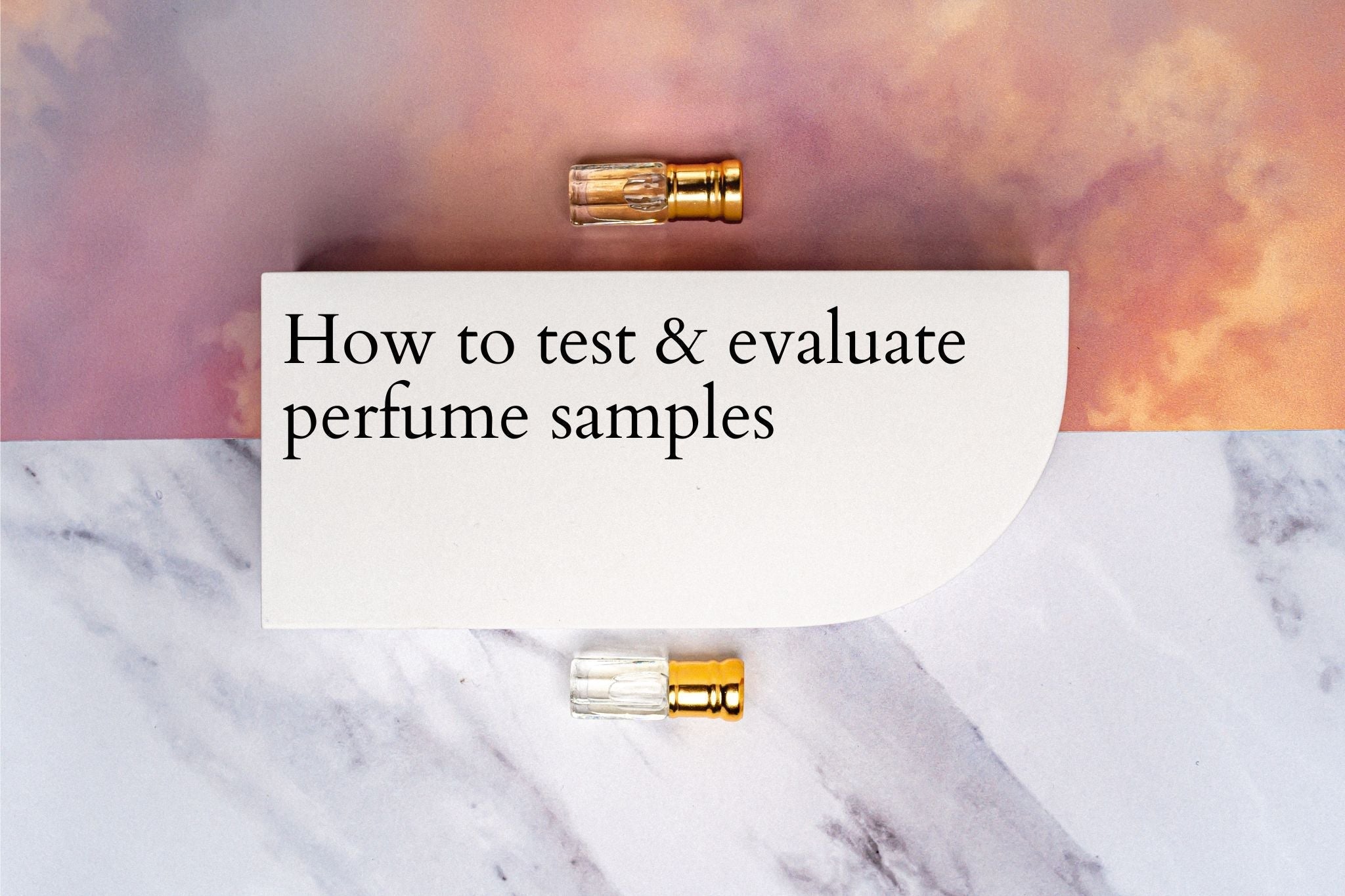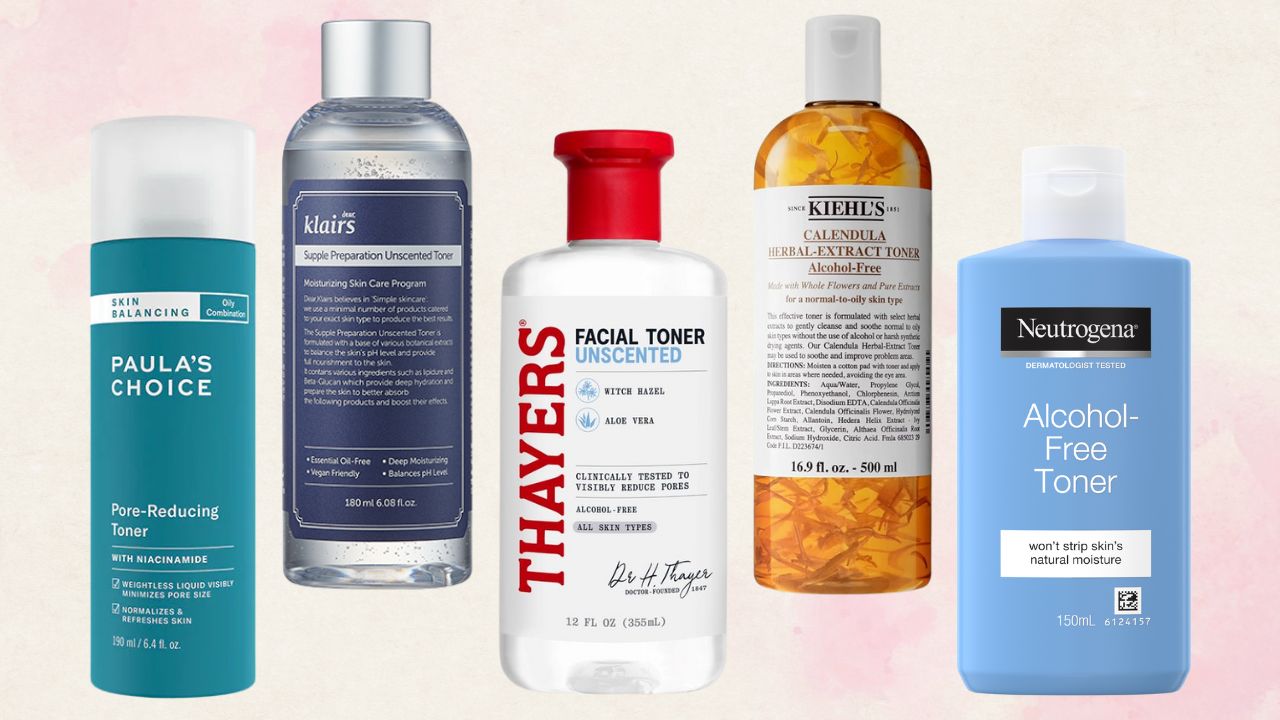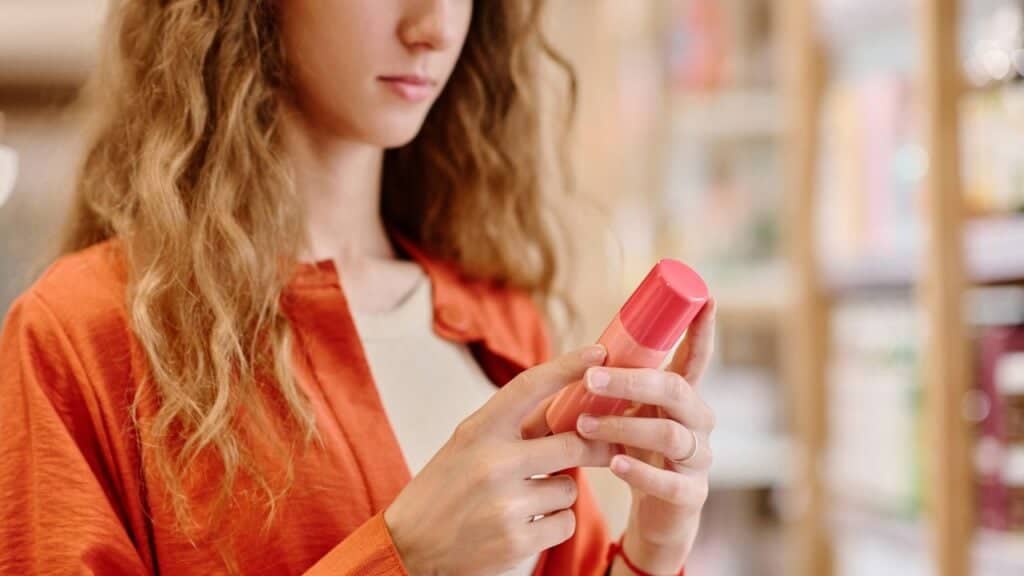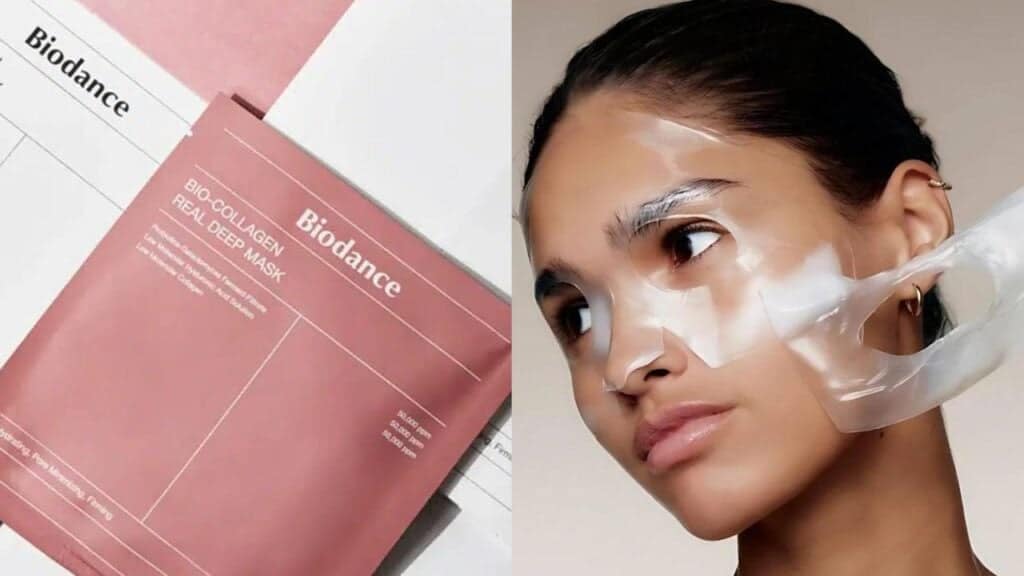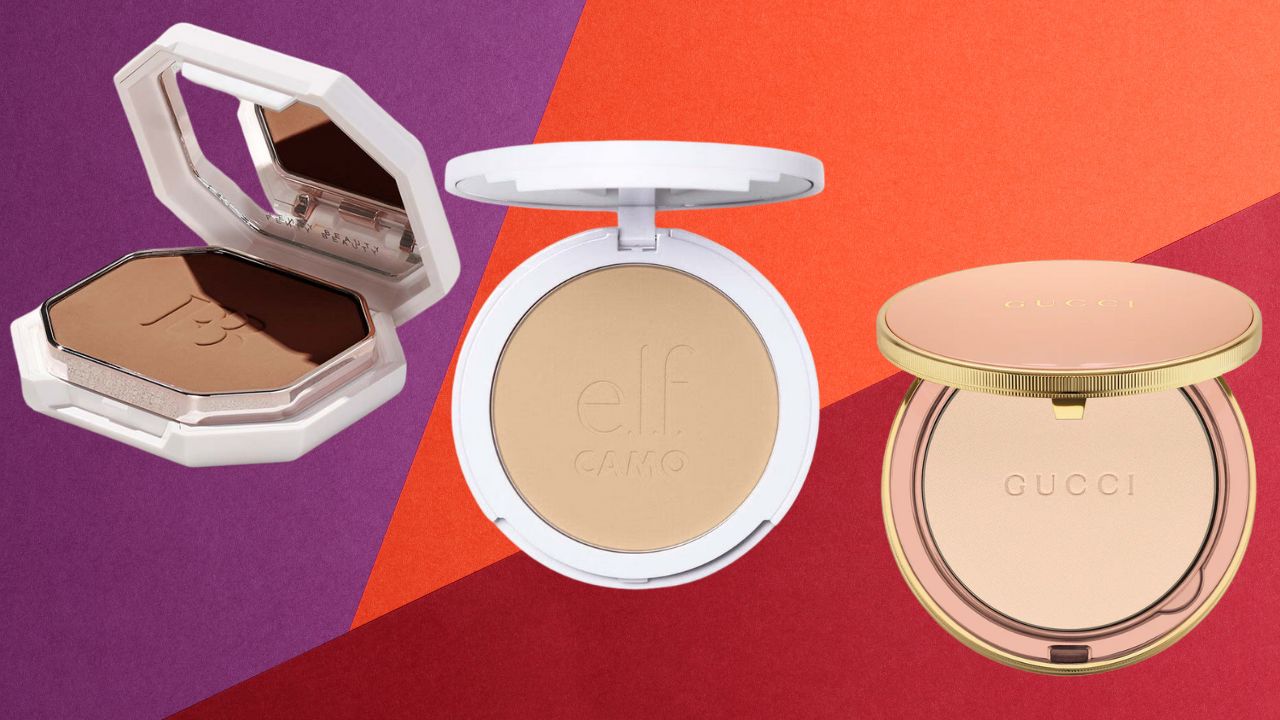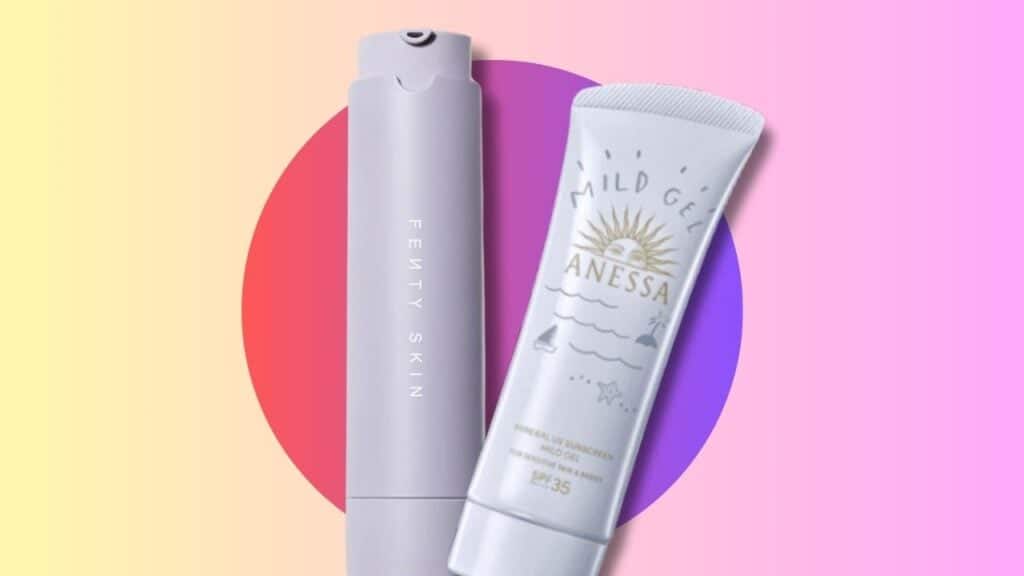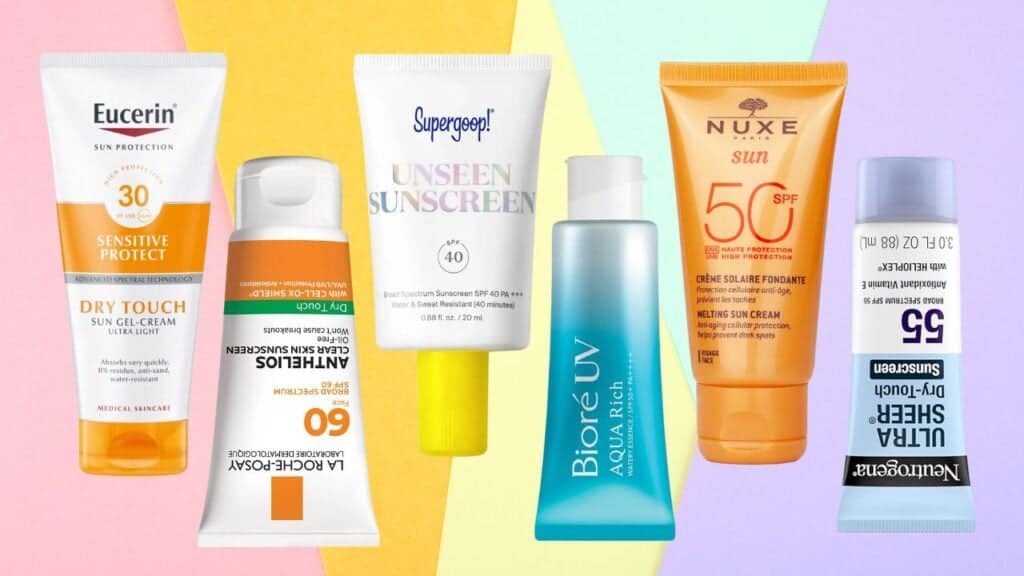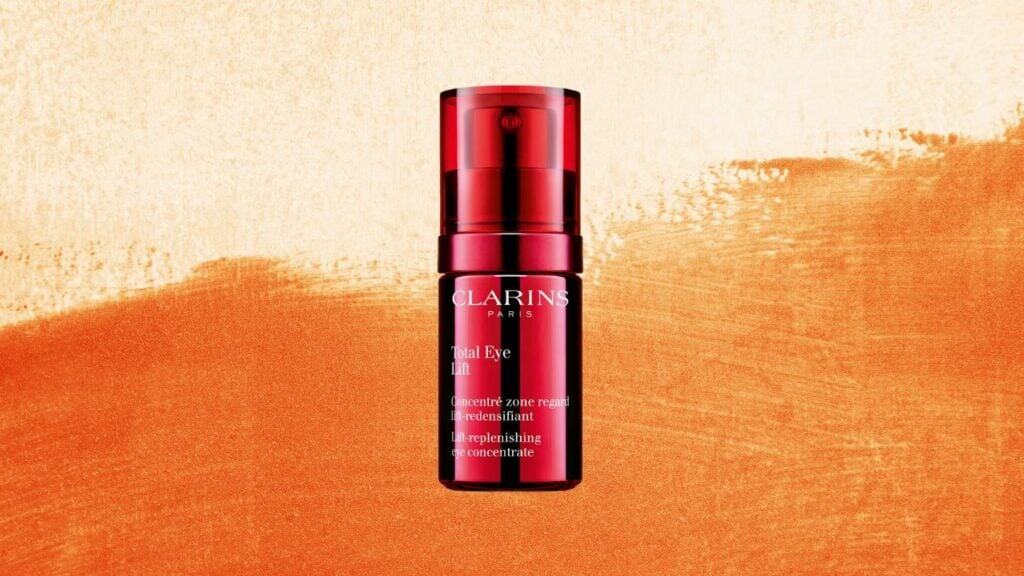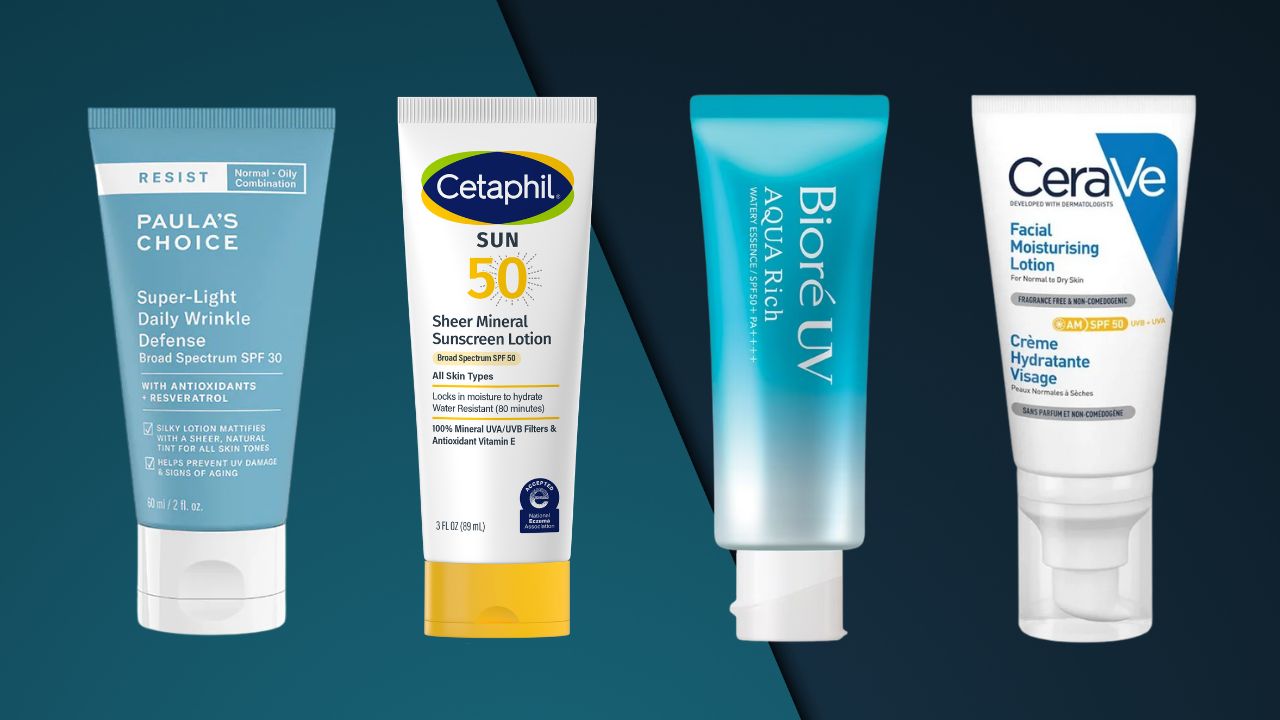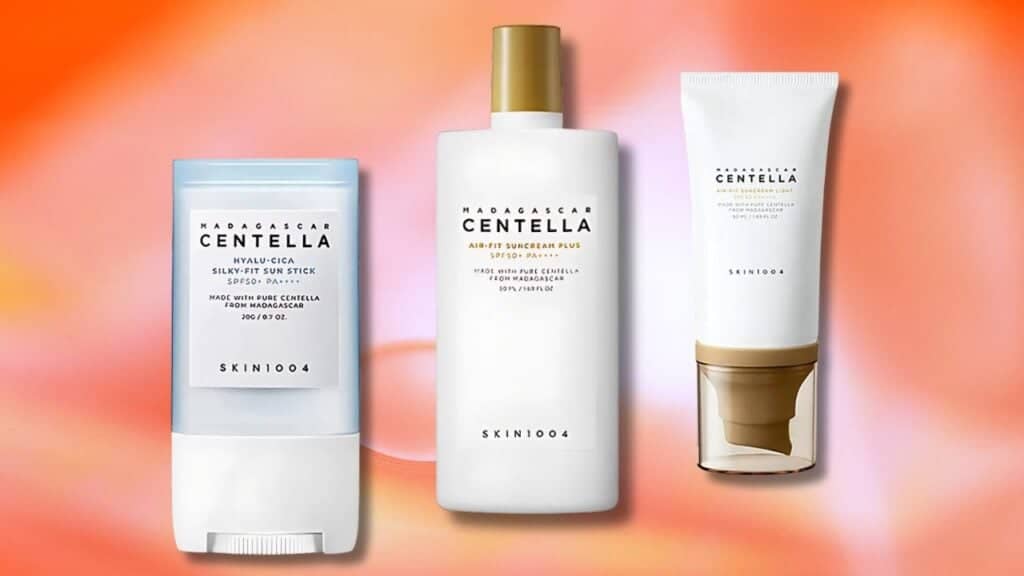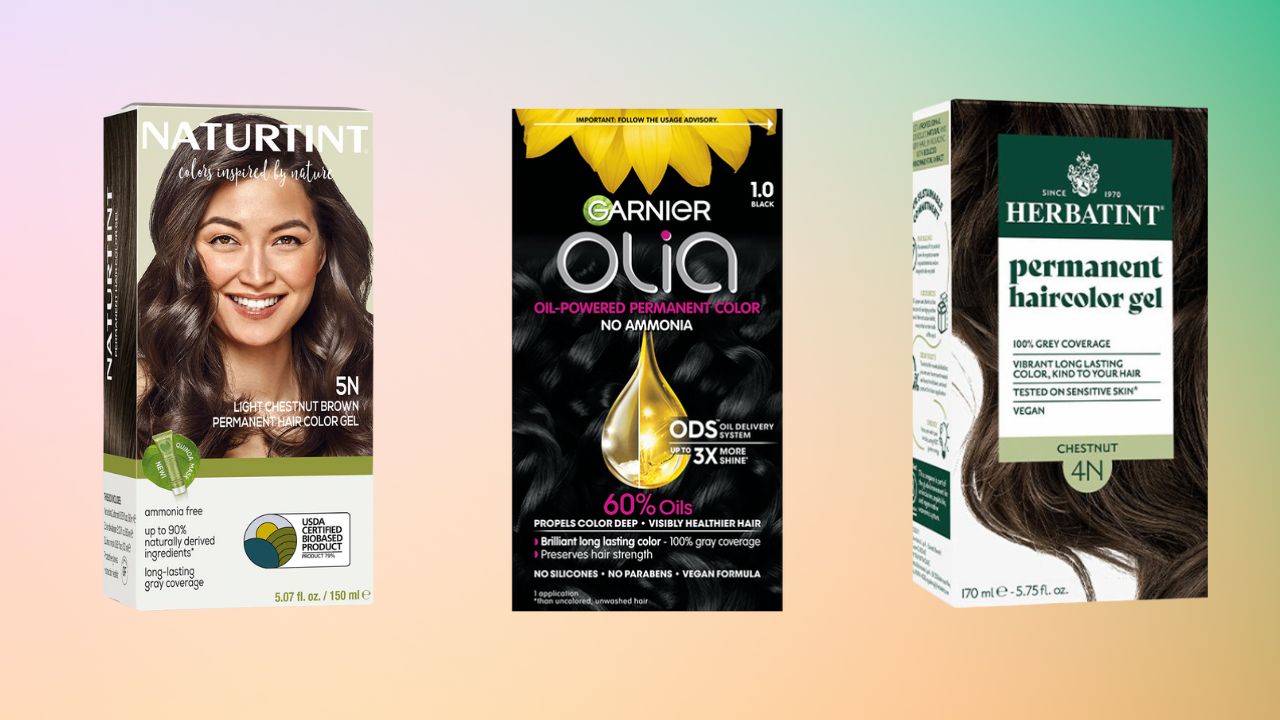Blog
Home / Perfume Stories / How to Test Perfume Samples at Home & Why It’s Better
Categories
Recent Posts
- Top 10 Best Toners for Combination Skin in 2025: Tested and Reviewed
- Does Sunscreen Expire? Here’s What You Need to Know for Optimal Protection!
- The K-Beauty Game Changer: Is the Viral Biodance Bio-Collagen Real Deep Mask Worth the Hype?
- 10 Best Powder Foundations for Oily Skin: Shine-Free, Smooth & Stunning Picks (2025)
- Should You Wear Sunscreen Every Day, Even in Winter or Indoors? Science Says YES!
Basking in the glory of your newest perfume purchase feels incredible. On the other hand, finding yourself stuck with a fragrance you don’t like after spending a hefty amount can be quite crushing. There’s only one solution:
Test, test, test…AT HOME
To ensure that you never experience a fragrance fail, it is crucial that you optimize the testing process that precedes the purchase. There is something wonderful about spending a few hours in the department store smelling a variety of fragrances and feasting your eyes on the shelves of precious glass bottles. However, the experience feels incomplete and can often be overwhelming. You have to make snap judgments about a perfume based on just the top notes because it becomes impossible to detect nuances in the fragrance layers when nasal fatigue sets in. Hence, the best way to test perfumes and determine if they are full-bottle-worthy is to get samples and wear them for a few days. As you experience the complete fragrance cycle and understand how it fits into your lifestyle, you will be able to make informed decisions. This brings us to the question of how you can test perfume samples most effectively. Don’t worry; we have you covered with this thorough guide. Recommended read: How to get totally FREE perfume samples
Testing perfume samples 101
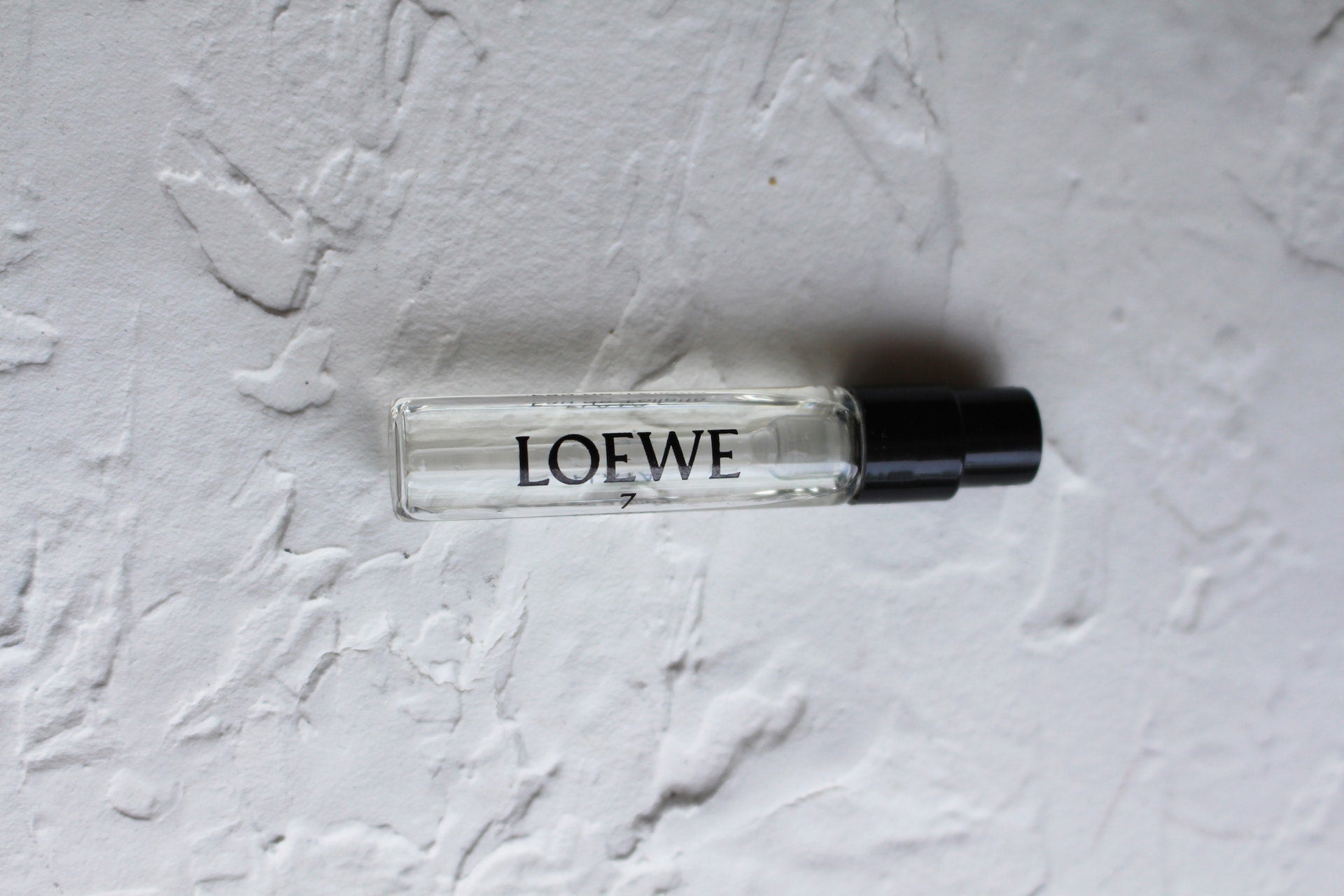 Before you spray the perfume sample, here are two important things you need to keep in mind.1) Perfume Pyramid: To evaluate a perfume properly, you need to experience the top, middle, and base notes. It can often be that a fragrance, whose top notes enthralled you, turns out to be disappointing in the dry-down stage. On the other hand, you may not like the opening notes of a certain perfume but love the scent that envelopes you an hour in.
Before you spray the perfume sample, here are two important things you need to keep in mind.1) Perfume Pyramid: To evaluate a perfume properly, you need to experience the top, middle, and base notes. It can often be that a fragrance, whose top notes enthralled you, turns out to be disappointing in the dry-down stage. On the other hand, you may not like the opening notes of a certain perfume but love the scent that envelopes you an hour in.

2) Concentration: The longevity of a fragrance is important for many of us when deciding if the item is worth the splurge. You should remember that the concentration of a perfume determines its longevity on the skin. Expecting an Eau de Cologne to perform the same way as an Eau de Parfum is unrealistic. In fact, other factors like weather conditions and note arrangement can also affect how long a fragrance lasts.To keep nasal fatigue from clouding your impression of the samples, refrain from overdoing the process. Since you do not have to fulfil any of the obligations that come with sampling in a brick-and-mortar store, take your time. If possible, you can even note down your reactions to each perfume and track your sampling journey for future reference.
Testing on paper blotters
You must have used paper strips or blotters to test your perfumes several times. They are made with particularly absorbent, porous material that allows a fragrance to get absorbed swiftly.
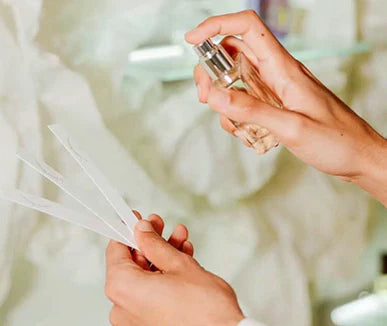
Make sure to hold the strip away from you when spraying the perfume on the other side. Do not soak the strip; one or two sprays should be enough. If you are planning to test multiple fragrances, the number should remain constant so you can test the concentration accurately.Wait a few seconds and let the alcohol evaporate before bringing the strip under your nose and inhaling. Instead of touching it to your nose, sniff the strip lightly in short breaths, and then set it aside. One handy trick is to bend the fragrant side upward so that it doesn’t touch the surface.Enjoy the sensation of the top notes as you wait for the fragrance to delve into its heart and base notes. Smell the strip every hour throughout the day to experience the complete fragrance cycle. If you are simultaneously testing multiple fragrances, make sure that the strips stay far away from each other to avoid tainting the smells.
Testing on skin
In case you had chosen random samples, the paper strip experiment will allow you to narrow down a few favorites that are worthy of being tested on the skin. However, if you had only ordered samples of your wish list fragrances, it is worth the effort to try them all out on your skin. This is because certain perfumes you disliked on the paper strip may transform completely upon mingling with your skin chemistry. Every perfume will react with the warmth, flora, and natural oils of your skin and transform into a version of itself that is uniquely you. Since you will be sporting the fragrance on your skin at the end of the day, this is a non-negotiable step. Since samples come in a limited quantity, you have to be efficient when spraying the perfume (to make it last longer). To test it across one whole day, you should begin the experiment immediately after your morning shower. Make sure your skin is warm and clean because open pores react with the fragrance more readily. Direct the spray towards your pulse points because they are rendered naturally warm by the veins underneath. Wrists are the most commonly chosen spot for fragrance testing. For convenience’s sake, you may spray them on the back of your hands, but remember that the perfume will take longer to diffuse. After the fragrance dries naturally on the skin, inhale the top notes without touching your nose to the spot. The fragrance will develop over the course of the day, and you can periodically take a sniff to take note of how it is changing. It goes without saying that you should stay away from other fragrances during the testing period to keep your experience untainted. It has never been easier to give yourself the gift of experiencing a new perfume on your wish list every day. Order your samples now!
Related posts
Top 10 Best Toners for Combination Skin in 2025: Tested and Reviewed
A good toner for combination skin does more than just refresh—it regulates oil production in greasy areas while delivering hydration to dry patches, minimizes the appearance of pores without over-drying, balances your skin's pH after cleansing, and prepares your complexion to absorb serums and moisturizers more effectively. The right combination skin toner acts as a sophisticated problem-solver that addresses multiple concerns simultaneously without compromising either zone.
Does Sunscreen Expire? Here’s What You Need to Know for Optimal Protection!
You’re getting ready for a fun beach day, digging through last summer’s bag, and there it is—a half-used bottle of familiar sunscreen. It looks okay. It smells fine. But then you wonder… does sunscreen actually go bad? The quick answer? Yes, it does. And using old sunscreen is like wearing sunglasses with a big crack—it…
The K-Beauty Game Changer: Is the Viral Biodance Bio-Collagen Real Deep Mask Worth the Hype?
Okay, beauty lovers, let’s talk about something that’s taken the skincare internet by storm. You’ve seen the videos, you’ve scrolled past the jaw-dropping transformations: the Biodance Bio-Collagen Real Deep Mask. This isn’t just another sheet mask; it’s a Korean collagen mask that promises to melt into your skin, leaving it plump, dewy, and practically poreless….
10 Best Powder Foundations for Oily Skin: Shine-Free, Smooth & Stunning Picks (2025)
If you've ever dealt with the struggle of makeup sliding off your face by lunchtime, looking greasy in photos, or requiring constant touch-ups throughout the day, it's time to make the switch. Powder foundations for oily skin are formulated specifically to combat shine, control oil production, and provide long-lasting coverage that stays put from morning meetings to evening events. Whether you want barely-there natural coverage or full glam that photographs beautifully, there's a mattifying powder foundation out there waiting to be your holy grail.
Should You Wear Sunscreen Every Day, Even in Winter or Indoors? Science Says YES!
Most people associate sunscreen with sweltering beach days, tropical vacations, and that one time they forgot to reapply and turned into a human lobster. But what if we told you that sunscreen isn’t just a summer essential? That’s right. Wearing SPF daily—even in winter or indoors—isn’t just a skincare trend; it’s a dermatologist-approved non-negotiable. If…
We’ve Tested Over 30 Mineral Sunscreens: These 2 Are the Best – Fenty Hydra Vizor & Shiseido Anessa
If you’ve ever tried mineral sunscreen, you know the struggle. Some feel like cement on your face, others leave you looking like a ghost auditioning for a horror movie, and a few even pill into tiny, annoying flakes the second you apply makeup. After months of slathering, blending, squinting at ingredient lists, and exposing ourselves…
Top 10 Oil-Free, Non-Greasy Sunscreens for Your Face: Say Goodbye to Shine!
Sunscreen is the ultimate skincare non-negotiable—no matter your skin type. But if you have oily, combination, or acne-prone skin, you know the struggle of finding a formula that won’t leave you looking like a glazed donut by noon. Even dry and sensitive skin types often prefer lightweight, non-greasy, breathable formulas that won’t clog pores. So,…
Does Sunscreen Prevent Tanning? Understanding Its Role & How to Tan Safely
You’ve packed your beach bag, grabbed your favorite sunglasses, and slathered on that bottle of SPF everyone insists you need. But as you step into the glorious sun, a nagging question pops up: “If I’m wearing sunscreen, will I still tan? Or am I just wasting my time trying to get a golden glow?“ It’s…
Clarins Total Eye Lift: How to Use It to Brighten & Firm Tired Eyes
Ever glance in the mirror at 7 a.m. and think, “Did I sleep at all?” We’ve all been there—those mornings where our eyes spill our secrets before we can reach for concealer. If your under-eye area looks more “red-eye flight” than “rested glow,” there’s hope. And not just any hope—Clarins Total Eye Lift is that…
Best Facial Sunscreen for Oily, Sensitive, Dry & Combination Skin (2025 Guide)
Finding the best facial sunscreen for your specific skin type is like searching for the perfect pair of jeans—one size definitely doesn't fit all. Whether you have oily, sensitive, dry, or combination skin, the right sunscreen for face can make a world of difference in how your skin looks and feels throughout the day while protecting against harmful UV damage, premature aging, and skin cancer.
We Tested 3 Skin1004’s Madagascar Centella Sunscreens: Here’s Our Full Review
When it comes to sunscreens, the struggle is real—white casts, greasy finishes, irritation, and worst of all, formulas that just don’t do their job! But we’re here to help. We tested three of Skin1004’s best-selling Madagascar Centella sunscreens to find out which one truly deserves a spot in your skincare routine. Whether you prefer a…
10 Best Pregnancy Safe Hair Dyes That Actually Work (2025 Guide)
If you’ve ever stared into the mirror, roots creeping in, and thought, “Is it okay to do this while I’m pregnant?”—you’re not alone. It’s a question almost every beauty-loving mom-to-be asks herself. The short answer? Yes, you can dye your hair while pregnant… but (and it’s a big but) there are a few things you…
Comments


